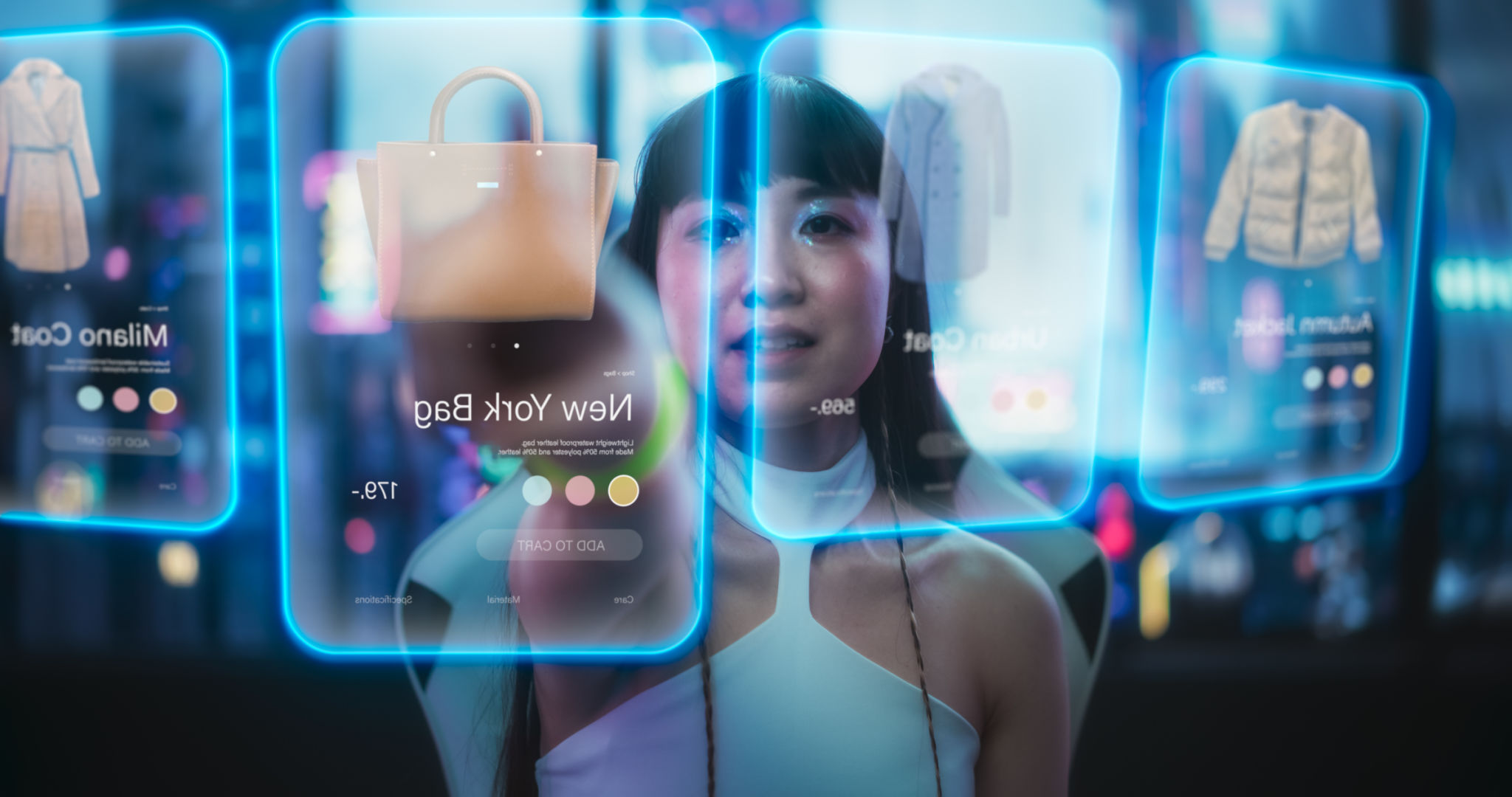A Beginner's Guide to Virtual Reality Design Services
Understanding Virtual Reality Design Services
Virtual reality (VR) has rapidly transformed from a concept in science fiction to a cutting-edge tool used across various industries. With the growing interest in immersive experiences, the demand for virtual reality design services has skyrocketed. Whether you are a business owner or a designer looking to expand your skill set, understanding the basics of VR design services is crucial.

The Basics of Virtual Reality Design
Virtual reality design involves creating interactive 3D environments that users can explore and interact with using VR headsets. Unlike traditional design, VR requires a strong understanding of spatial awareness and user interaction. Designers must consider how users will move through the space, interact with objects, and experience the environment.
Key Components
- 3D Modeling: The creation of three-dimensional objects that populate the virtual environment.
- User Interface (UI): Designing intuitive controls and menus that are easy to navigate within VR.
- Animation: Bringing static models to life with realistic movement and interactions.
Tools for VR Design
The tools used in VR design have evolved significantly, offering designers more flexibility and creativity. Popular software includes Unity and Unreal Engine, which provide robust platforms for building VR experiences. These tools allow designers to simulate real-world physics, create dynamic lighting, and integrate audio for a fully immersive experience.

Choosing the Right Software
When starting with VR design, selecting the right software is essential. Beginners may opt for user-friendly programs like Blender for 3D modeling or A-Frame, which provides an easy entry into VR development with HTML-like code. As you progress, exploring more advanced tools can open new possibilities and enhance your design capabilities.
Applications of Virtual Reality Design
Virtual reality design services are utilized in various industries beyond gaming. In education, VR offers students immersive learning experiences, while in healthcare, it aids in training simulations and therapy. Real estate and architecture also benefit from VR by providing virtual tours and visualizations of projects before they are built.

Benefits of VR Design
The most significant advantage of VR design is its ability to engage users in ways traditional media cannot. By offering an immersive experience, businesses can captivate audiences, enhance learning outcomes, and increase customer satisfaction. Additionally, VR can reduce costs associated with prototyping and testing by allowing virtual simulations.
Getting Started with Virtual Reality Design
If you're interested in diving into the world of VR design, start by familiarizing yourself with basic 3D modeling and animation principles. Online courses and tutorials can provide valuable insights and hands-on experience. Joining a community of VR designers can also offer support and inspiration as you develop your skills.
Staying Updated
The field of virtual reality is constantly evolving, with new technologies and trends emerging regularly. Staying informed by following industry news, attending conferences, and participating in webinars can keep your skills sharp and relevant. As technology advances, the possibilities for VR design will only continue to expand.

Embarking on a journey into virtual reality design services opens up a world of creativity and innovation. With the right tools and knowledge, you can create immersive experiences that captivate audiences and transform industries. Whether you're designing for entertainment, education, or enterprise, the potential of VR is limited only by your imagination.
